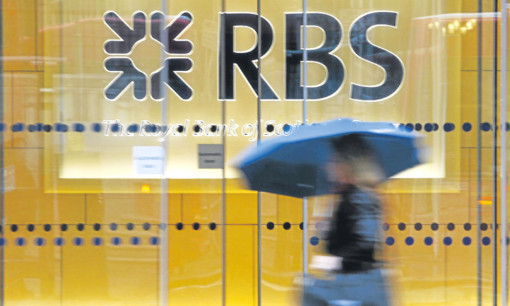
MORE than 1,000 high street bank branches have closed over the past two years as more customers go online and banking services are offered at Post Offices, research from Which? has found.
Across the UK, some 1,046 bank branches were shut or were set to close between January 2015 and the end of this month, according to the consumer group.
Among the banks Which? looked at, it found HSBC had cut the most branches, at 321, equating to around a quarter of its network, followed by RBS Group, closing 191 branches, or 10% of its network.
It said Lloyds Banking Group, which includes Lloyds, Halifax and Bank of Scotland, had shut 180 branches, or 14% of its network.
The rapid growth of customers going online to do their day-to-day banking is often given as a reason for closing branches.
Which? said HSBC told it that the number of visits to branches had fallen on average by 40% in the past five years as customers moved to banking online.
But Which? said that many of those who do not use online banking have poor broadband connections. It said bank branch closures often happen in rural areas with poor broadband speeds.
The Post Office also offers an alternative for bank customers to access some everyday bank services. But Which? said that while 72% of the people it asked rated their general experience of the Post Office as good or excellent, 41% said they did not realise that it offered banking services.
Peter Vicary-Smith, Which? chief executive officer, said: “Access to the services necessary to make everyday banking possible should be simple and straightforward.
“We’ve seen some good examples of banks acting responsibly and in the interest of local communities when they close branches.
“However, banks can and must do a better job of working with their customers to understand their needs and those of the local community, especially when they are making changes to the services they offer or closing branches.”
In November, banks promised to offer greater support and advice to customers faced with branch closures.
A review into the industry’s arrangements by Professor Russel Griggs found lenders could offer more support to customers on alternative ways to handle their finances.
Which? compiled its branch closure figures by asking the major high street banks and by collecting data online.
It found there had been the following closures since January 2015 (percentage of network in brackets):
HSBC, 321, 27%
RBS, 191, 10%
Lloyds, 180, 14%
Barclays, 132, 8%
The Co-operative Bank, 117, 53%
Santander, 87, 8%
TSB, 18, 3%

Enjoy the convenience of having The Sunday Post delivered as a digital ePaper straight to your smartphone, tablet or computer.
Subscribe for only £5.49 a month and enjoy all the benefits of the printed paper as a digital replica.
Subscribe